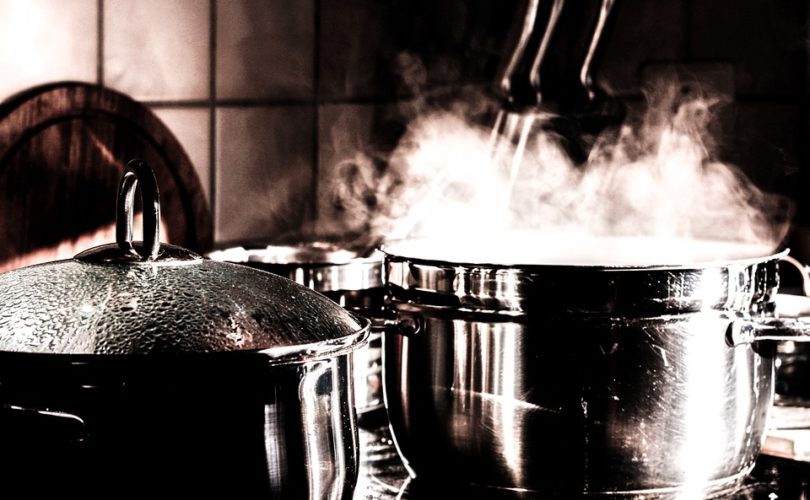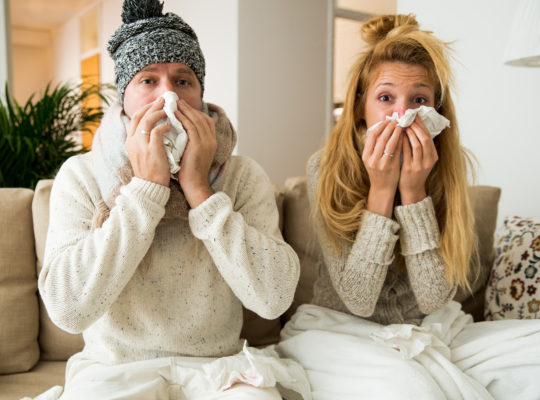The second most common injury (after cuts) that occurs in the kitchen are burns. Burns can range in severity (or degree), and depending on the severity or type of burn, should be treated in different ways. Kitchen burns are often caused by direct contact with fire, hot pots and pans, scalding steam, or hot water. While cuts are the most common injury, they are oftentimes less serious than burns and can be treated at home. About 450,000 patients (about 120,000 more than kitchen lacerations) are treated in the ER or hospital for burn related injuries.
First degree burns are the lowest level of damage, and are “superficial” – these are indicated by a slight redness, potential swelling, and peeling skin as the burn is healing. First degree burns only affect the top layer of skin, and should be able to heal easily without medical attention. Second degree burns often blister and become sore. These burns are delicate and VERY prone to infection. Cleaning, bandaging, and treating this wound correctly is crucial to the healing process. Incorrect treatment can lead to infection and scarring. The most serious burns are third degree and fourth degree burns. These burns require immediate medical attention, as complications can lead to serious illness. The treatments in this article do not apply to a third degree burn, which will be recognizable by char, a waxy white color at the burn location, and a raised leathery skin texture. Raise the burn location above your heart while waiting for the EMS to arrive.
The main way to treat a kitchen burn, regardless of degree, is to soak the burn under cool water (do not use ice water as this can irritate the burn area and lead to further damage.) An alternative to soaking is wrapping the burn in a cold and wet towel. After cleaning the affected area, covering the burn with a sterile dressing to protect it from the elements and from friction is important. Using adhesive bandages that are harder to remove can cause further skin damage, so choosing a sterile bandage that will not only keep the wound clean and not irritate the wound will expedite the healing process. Using gels, ointments, or specialized dressings can also aid in pain relief.
Depending on where the burn is, it could be more prone t0 infection. Burns must be cleaned and monitored regularly, and if there are any signs of infection, call a doctor right away.
If you work in a kitchen where burns are common, we recommend stocking a Burn Care Kit. These come fully stocked with everything you need to treat a burn, from cooling to cleaning.



